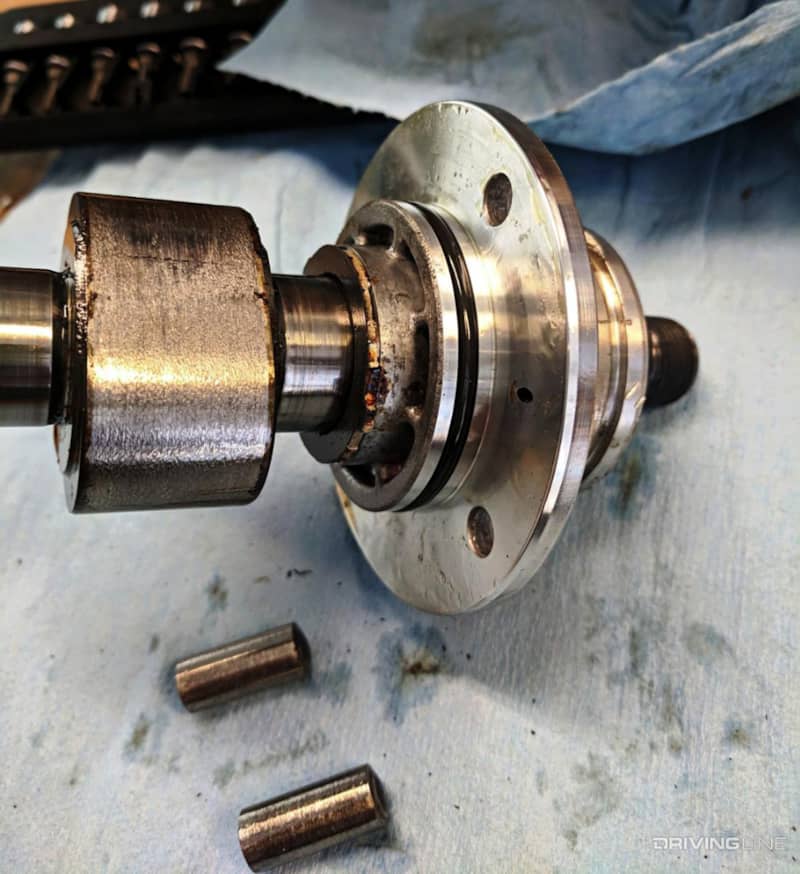Single Best Upgrade for Every Power Stroke
Have you ever wondered if a single modification, just one, could completely change your truck for the better? By better, we mean adding a part that allows you to increase horsepower or better enjoy your existing horsepower, improve durability or prevent a notorious failure from occurring. While there are no miracle mods, in the diesel segment there are a few that come pretty darn close. How about eliminating the 6.0L Power Stroke’s infamous EGR and oil cooler failures with a simple, bolt-on coolant filtration system? Or how about adding a $60 boost fooler to your 7.3L so you can enjoy the power you’ve added without the powertrain control module freaking out?
From easy bolt-ons to an effortless OBD-II upload, or an injector swap to a turbo install, the majority of these mods address a given engine’s most egregious factory shortcoming, while others are recommended purely to increase their fun-factor. In the first installment of our three-part series, we’ll cover the Power Stroke brand from ’94.5 to present. The following parts won’t make your diesel-powered Ford perfect, but they’re a solid first step in getting there.
Don’t close that tab! In Part 2 we’ll show you the single best way to improve your Cummins-powered Ram.
’94.5-’97 7.3L Power Stroke: Injectors
If you’ve ever been behind the wheel of a 7.3L-powered ’94.5-‘97 Ford, you know the struggle that is trying to get an older F-series truck out of its own way on stock tuning and fuel. Working with 95cc injectors, there isn’t much fuel for even a programmer to take advantage of. Don’t get us wrong, a chip will help, but the truck still won’t keep pace with a bone-stock late-model diesel right off the showroom floor.
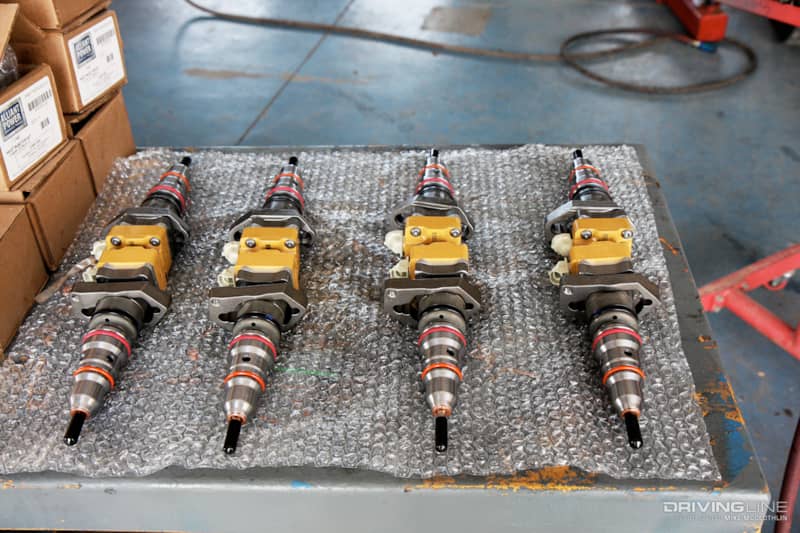
The solution? Upsized injectors. You’ll need custom tuning to go along with them, but it’ll be worth every penny. Even a stock nozzle, 150 to 160cc injector can make a huge difference on first generation 7.3Ls. How big? How about 350rwhp—120hp more than a tuned, stock injector ’94.5-’97 truck can make on its best day. The best part (other than doubling the factory horsepower rating) is that the stock turbo and a healthy factory lift pump don’t need to be upgraded.
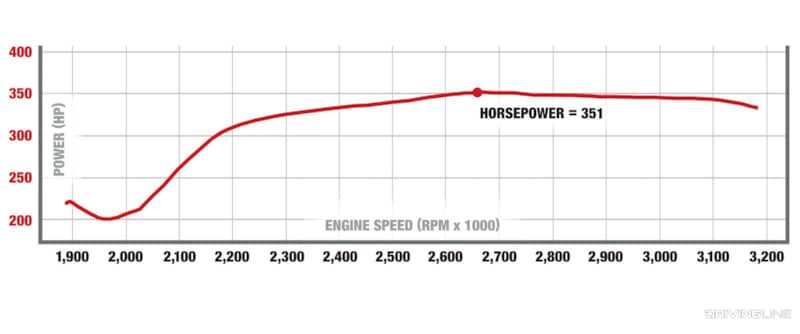
’99-’03 7.3L Power Stroke: Boost Fooler
If you own a ’99-’03 7.3L, chances are you either have or plan to wake it up with some type of programmer or chip. With the heavier weight of the Super Duty chassis and the lackadaisical nature of the 7.3L, the ’99-’03 trucks aren’t much snappier than the ’94.5-’97 trucks already mentioned. However, it’s extremely common for tuned 7.3L Super Dutys to throw an overboost code when the MAP sensor sees roughly 24 psi of boost or more.
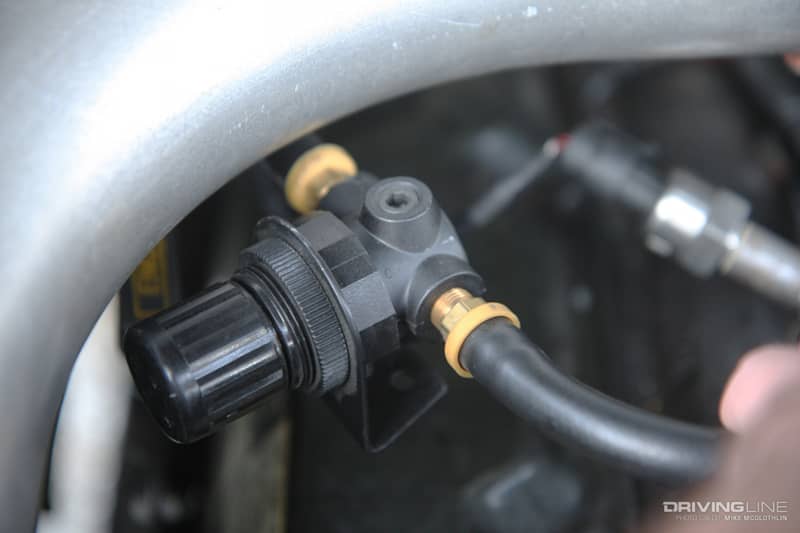
When an overboost code is thrown, the PCM will de-fuel the engine, reducing power until the ignition is re-cycled. If you want to fully enjoy the added power from a chip, do yourself a favor and buy a $60 boost fooler from Strictly Diesel or DieselSite. They work by tricking the MAP sensor into believing the turbo is only building 22-23 psi of boost, which keeps the computer from pulling fuel, and your fun from ending.
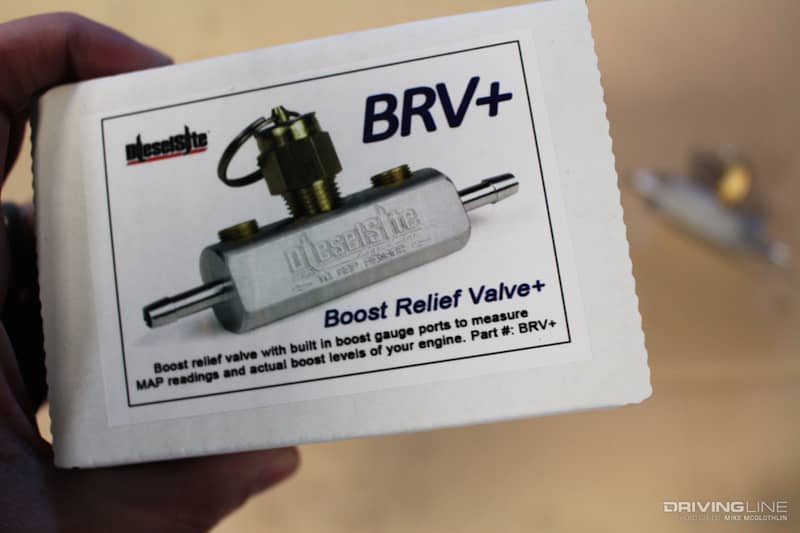
’03-’07 6.0L Power Stroke: Coolant Filtration System
We would be lying if we told you the 6.0L Power Stroke didn’t need a lot of parts thrown at it in order to be made more reliable. However, some upgrades are more paramount than others. A coolant filtration system is one such upgrade. But why do you need it? With a plugged up oil cooler being the root cause of most EGR cooler failures on the 6.0L, it’s best to tackle the problem where it originates. Thanks to casting sand from the block and suspended solids from the coolant, the miniscule coolant passageways within the heat exchanger are known to slowly shrink due to buildup, eventually sealing off and no longer allowing coolant to travel through them.
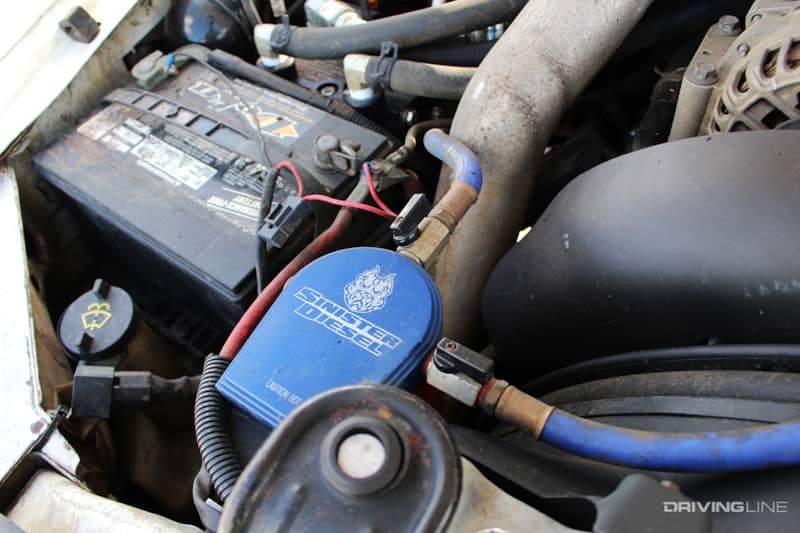
The gummed up coolant passages eventually lead to excessive engine oil temp and an EGR cooler that’s no longer receiving the coolant vital to its ability to cool exhaust gases returning to the intake. In turn, the EGR cooler often ruptures. A coolant filtration system stops this from happening. These bypass-style systems slowly circulate coolant through a spin-on coolant filter to remove debris from the coolant circuit. By removing the sediment fallout present in the coolant, the tiny coolant passages within the oil cooler no longer plug up, engine oil temp parallels coolant temp and the EGR cooler doesn’t overheat and rupture. With most oil coolers only being fully functional for approximately 50,000 miles, a coolant filtration system should be installed before you ever add power, tow heavy or attempt to rack up a substantial amount of miles on a 6.0L (or that fresh oil cooler).
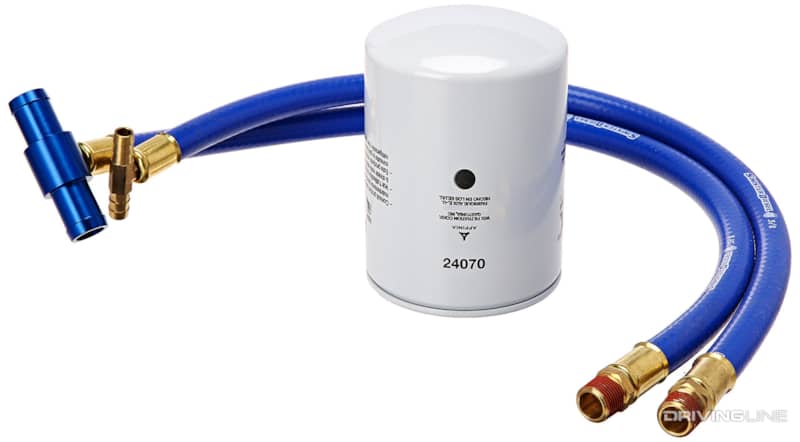
2008-2010 6.4L Power Stroke: Tuning
We’ll concede that the 6.4L Power Stroke has some shortcomings that should be addressed before you play (ex: the radiators leak, they utilize the same oil cooler as the 6.0L and the up-pipes are known to crack), but it’s hard to ignore how easy it is to add 300+ hp to the ’08-’10 Super Dutys. No other engine in the diesel pickup segment can double its factory power rating with nothing more than an electronic reflash (i.e. tune). The words “perma” and “grin” come to mind any time 6.4L and tuning are mentioned in the same sentence.
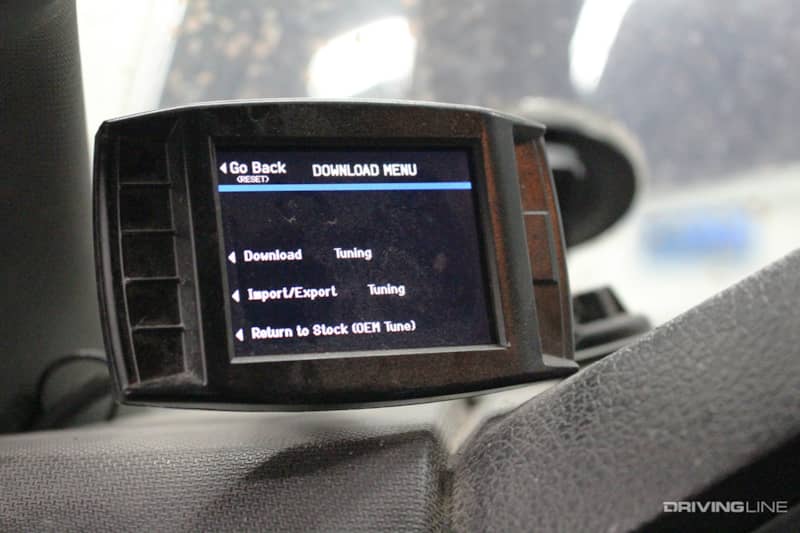
Factory compound BorgWarner turbos, a high-volume Siemens common-rail fuel system and quick-firing piezo injectors all help support a 6.4L-equipped truck’s ability to go from 280rwhp (ish) stock to 580rwhp on a tune. The fact that the factory 5R110 TorqShift transmission can handle the added power (and especially the extra 600 lb-ft of torque) only sweetens the deal for 6.4L owners. Even the factory lift pump can keep pace with the added fuel demand.
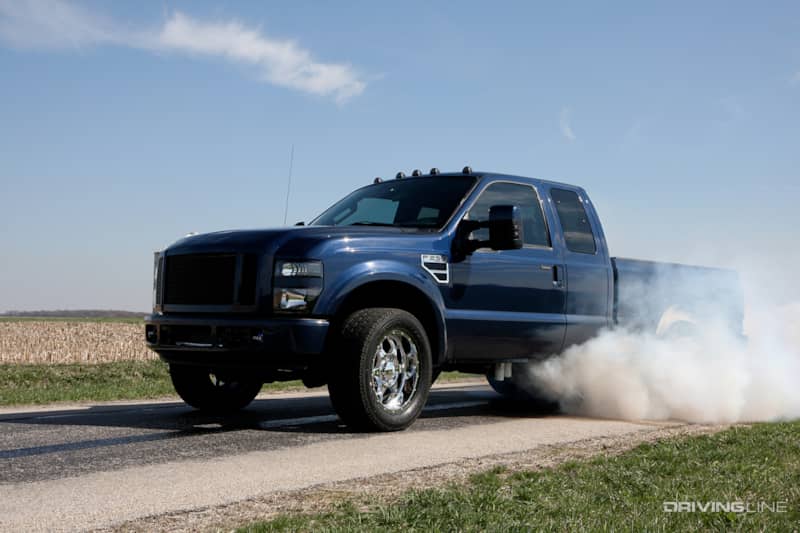
2011-2014 6.7L: ’15-Newer Turbo
The 6.7L Power Stroke was a solid performer right out of the gate in 2011, with more low-end grunt than anything that’d come before it. However, one of the reasons for the rush of low-rpm torque (and one reason why the ’11-’14 trucks stop pulling before 3,000 rpm) is due to its use of a restrictive turbo known as the Garrett GT32 SST. With dual compressor wheels, a variable geometry turbine housing, ball bearing center section and a wastegate, the GT32 SST is a neat piece, but its 46mm compressor wheels and undersized turbine wheel run out of steam quickly in the engine’s power band and are subjected to obscene shaft speed at higher engine rpm.
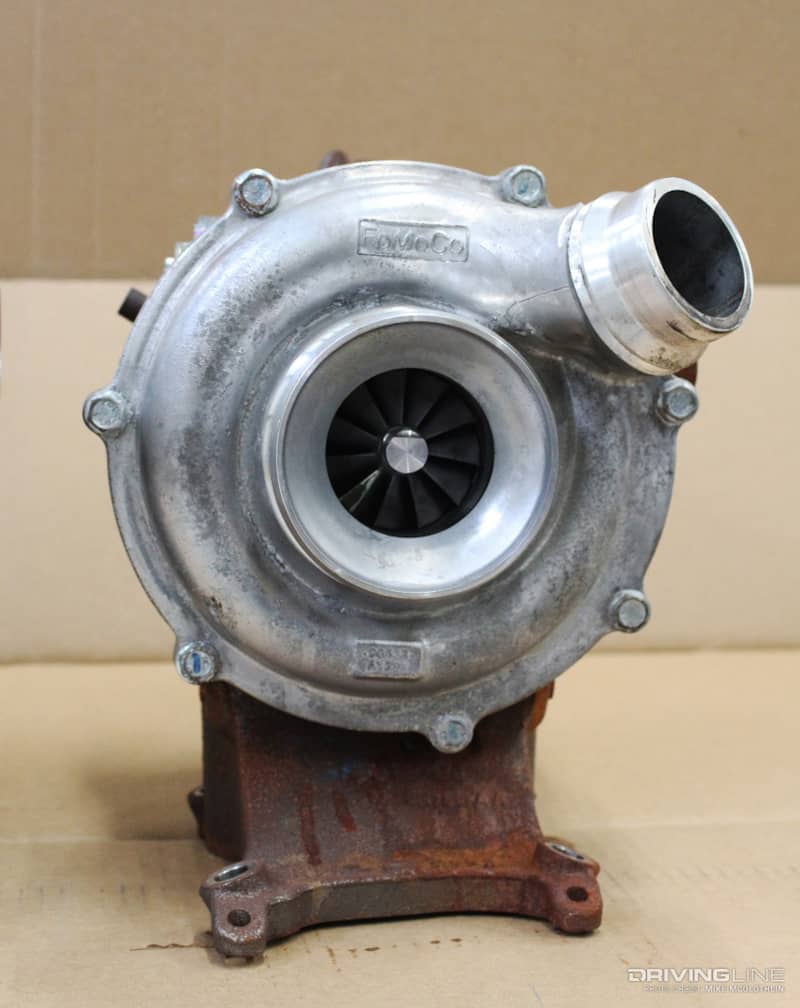
After prolonged instances of seeing 150,000 rpm or more, many GT32 SSTs fall victim to overspeed failure. When this happens, ’11-’14 Ford owners essentially have three choices: 1. replace the turbo with another, failure-prone GT32 SST, 2. install a fixed geometry turbo such as a BorgWarner S300 or 3. convert to the ’15-newer style turbo system that makes use of a much more durable GT37. Opting for the latter allows you to retain the responsive VGT technology the truck came with, provides for more horsepower to be made and only costs a few hundred more than a factory replacement turbo.
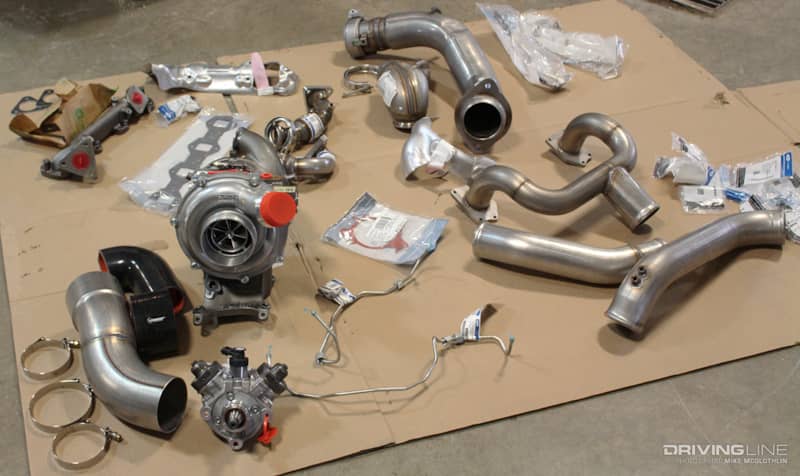
2015-Present: CP4.2 Bypass Kit
Now in its tenth year of existence, the 6.7L Power Stroke is pretty solid at this point. However, it’s still graced with the Bosch CP4.2, a high-pressure fuel pump that can cost you as much as $10,000 in the event of a failure. When metal-on-metal contact occurs between the pump’s cam lobe and the corresponding roller tappet that rides on it, both parts begin to break down, with metal shards inevitably making their way out of the pump and into the fuel rails, injectors and return circuit.
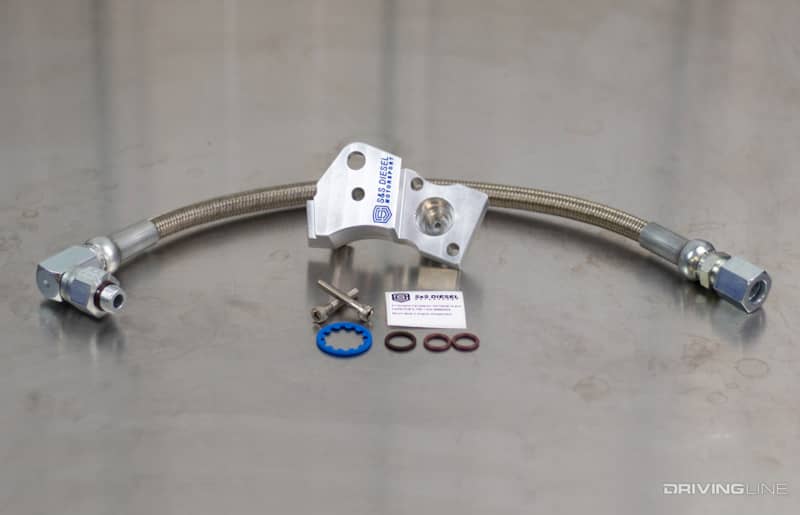
S&S Diesel Motorsports’ CP4.2 Bypass Kit can’t keep the CP4.2 from failing, but it does reroute fuel flow back to the tank so that an extra round of filtration occurs. In the event of a pump failure, all debris is sent back to the tank instead of through your fuel rails and expensive piezoelectric injectors. This simple, $360 kit will literally save you thousands if your 6.7L Power Stroke’s CP4.2 ever comes apart.
